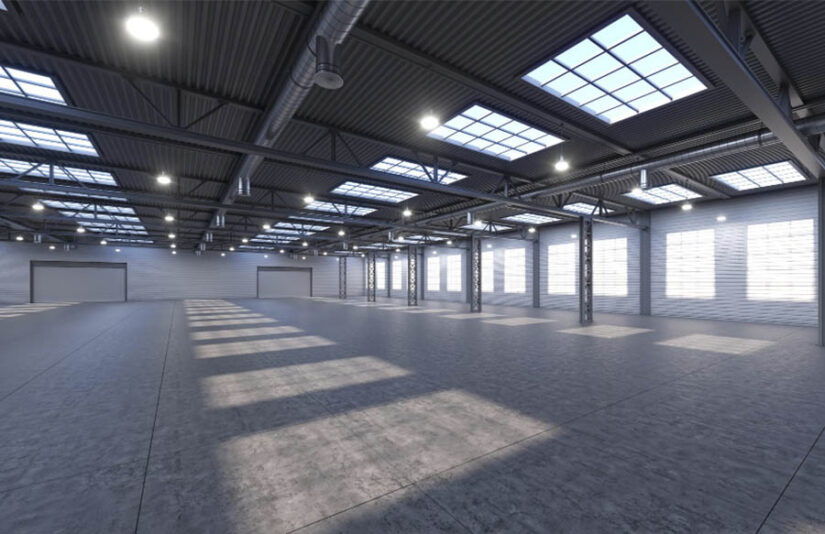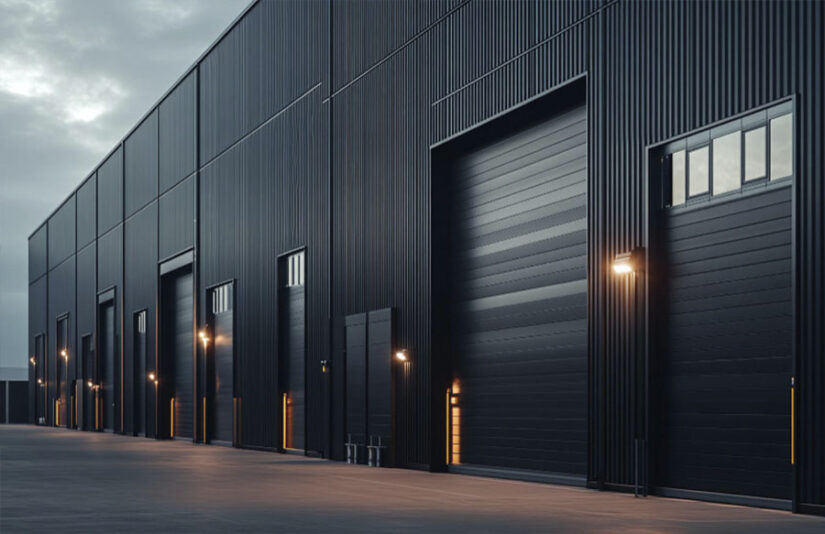
Prefabricated metal buildings have become a go-to solution for property owners seeking durable, cost-efficient, and customizable structures. Whether you’re planning a garage, workshop, barn, or commercial facility, prefab metal buildings offer many advantages – but they’re not without limitations. Here’s a comprehensive look at the pros and cons of prefabricated metal buildings to help you make an informed decision.
What Is a Prefabricated Metal Building?
Prefabricated (or “pre-engineered”) metal buildings are structures manufactured off-site in a controlled environment and then delivered in components to be assembled on your property. This approach differs from traditional construction, which involves cutting and building materials on-site.
Pros of Prefabricated Metal Buildings
Fast Construction Time
- Components are pre-cut, pre-drilled, and ready to assemble.
- Reduces on-site labor time by 30–50% compared to traditional builds.
- Ideal for urgent projects or areas with sensitive weather conditions.
Cost Efficiency
- Lower labor costs due to faster installation.
- Less material waste thanks to precision manufacturing.
- Fewer delays and change orders result in lower overall project expenses.
Durability & Longevity
- Made from high-quality galvanized steel.
- Resistant to rust, pests, fire, and weather.
- Life expectancy often exceeds 40–60 years with minimal maintenance.
Customization Options
- Select dimensions, door and window placements, insulation, and exterior finishes.
- Interior layouts can be open-span or segmented depending on your needs.
- Easily expandable in the future.
Eco-Friendly Construction
- Steel is 100% recyclable.
- Factory precision reduces onsite waste.
- Energy-efficient insulation systems are available.
Versatility Across Applications
- Suitable for workshops, storage units, agricultural barns, aircraft hangars, and even homes.
- Popular in both residential and commercial use cases.
Cons of Prefabricated Metal Buildings

Initial Perception of Higher Cost
- While long-term savings are substantial, the upfront cost may appear higher than that of basic wood-frame structures.
- However, total lifetime cost is often lower due to minimal repairs and energy efficiency.
Design Limitations for Complex Architecture
- Highly intricate or decorative designs may be more challenging to achieve.
- Not ideal for historical replication or ornate facades without additional work.
Permit & Zoning Complexity
- Some areas may have restrictions or additional requirements for metal structures.
- Local building codes vary, so research or professional assistance is needed.
Insulation Must Be Planned Carefully
- Without proper insulation, metal buildings can become excessively hot in the summer and cold in the winter.
- Modern systems can resolve this, but it adds to upfront planning and cost.
Condensation Control Required
- Steel buildings can be prone to condensation without vapor barriers or ventilation.
- Design solutions are available, but they must be incorporated during the planning process.
When Are Prefab Metal Buildings the Best Choice?
Choose prefabricated metal buildings when you need:
- A structure built quickly and cost-effectively
- A highly durable, low-maintenance facility
- Flexibility in design and potential for future expansion
- Reliable performance in harsh climates
- An eco-conscious building solution
Final Thoughts
Prefabricated metal buildings are an excellent investment for many property owners, offering an innovative blend of speed, durability, and value. While they do require some planning and insulation considerations, the benefits typically far outweigh the drawbacks, especially when working with experienced professionals.
Start Your Project with Confidence
Get a Free Quote from US Patriot Steel to explore customizable prefabricated steel buildings designed to suit your exact needs and regional requirements.